Michelin Pilot Sport
LOS ANGELES, October 11, 1999
"...real-world sportbike riding on the open road."
Of the five million motorcycle tires Michelin sold in 1998, only five percent of their sales came from North America, while 70 percent came from Europe. Apparently the Europeans knew something that we here in the States weren't privy to, but with the recent introduction of the Pilot Race tire, many of us Yankees have taken notice of what Michelin has to offer. Based on their race-winning, super-sticky Pilot Race tire, Michelin's new Pilot Sport is the street-going version designed for "real-world sportbike riding on the open road."
Michelin invited us to a sort of Moto-journalist Grand Prix at the Las Vegas Motor Speedway for a chance to sample the latest rubber available to the two-wheeled public. The introduction was overseen by Michelin's staff of testers and engineers and was emceed by Freddie Spencer, who made sure that all journalists realized that they are, after all, only journalists and not 500 G.P. Champions.While the Pilot Race tires are designed to work best at race-track speeds, the Pilot Sport tires are designed, using Grand Prix technology, to be used on the road. They are manufactured with Michelin's patented Silicium tread compound, which uses 100% silica reinforcing fibers derived from the same fibers used in their racing rain tires.
Michelin claims that this Silicium "promotes exceptional grip, especially on wet and cold roads while also extending the Pilot Sport's tread life."
Another trump card of Michelin's is their patented Radial Delta technology used exclusively on their Pilot rear tires. This technology refers to the way the two crown plies are laid at opposing angles.
Where the Pilot Race tires are laid at 45° angles to promote grip at extreme cornering angles, the plies in the Pilot Sport are laid at 75° for an "ideal balance between cornering and stability." When the Silicium is combined with the Radial Delta technology, the Sport tires are supposed to offer grip almost equal to that of the Race tire until heat build-up causes the Sport tire's adhesion to fall off more than that of the Race.
More by Staff



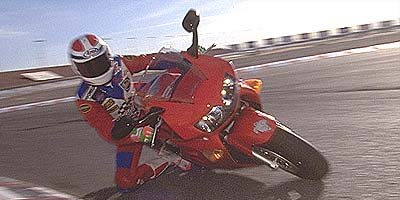





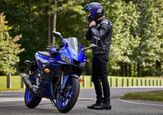
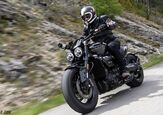
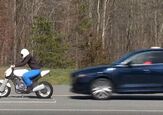
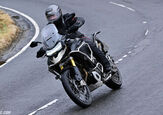
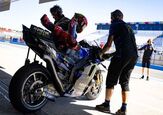

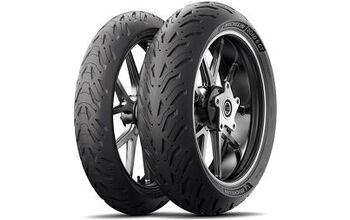
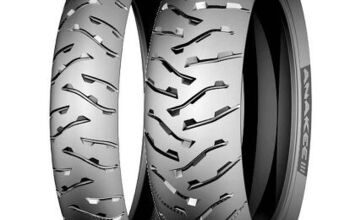
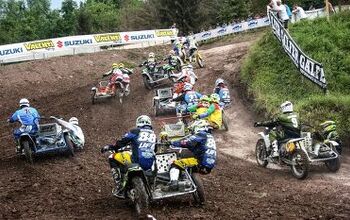
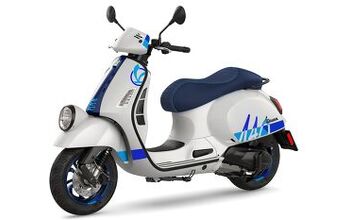

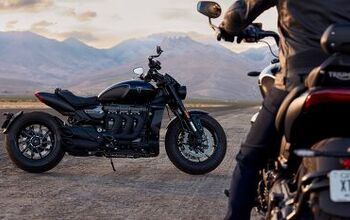
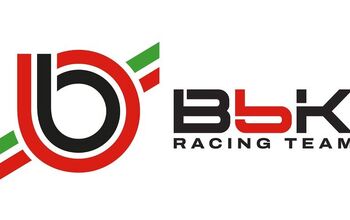
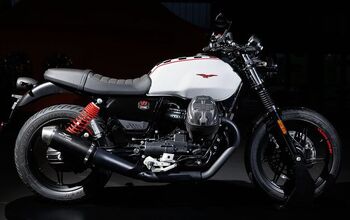
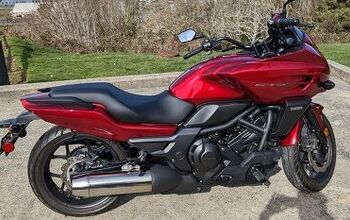
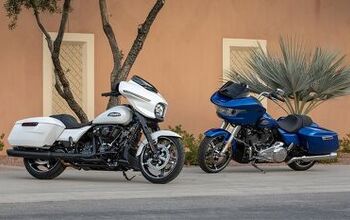
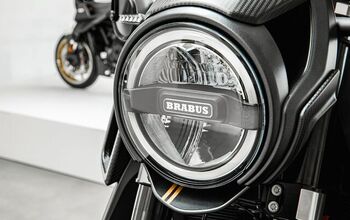
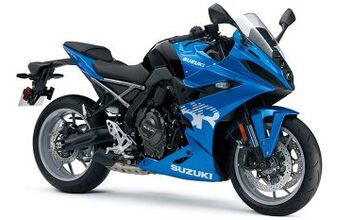
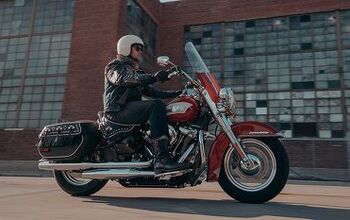
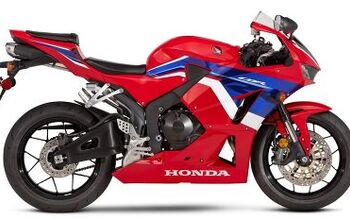
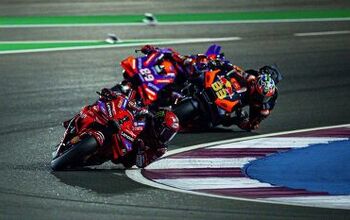
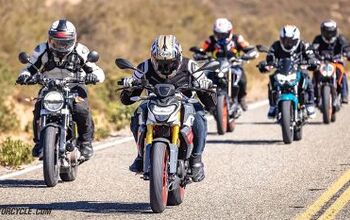
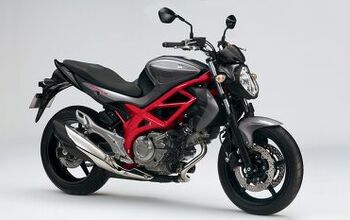
Comments
Join the conversation